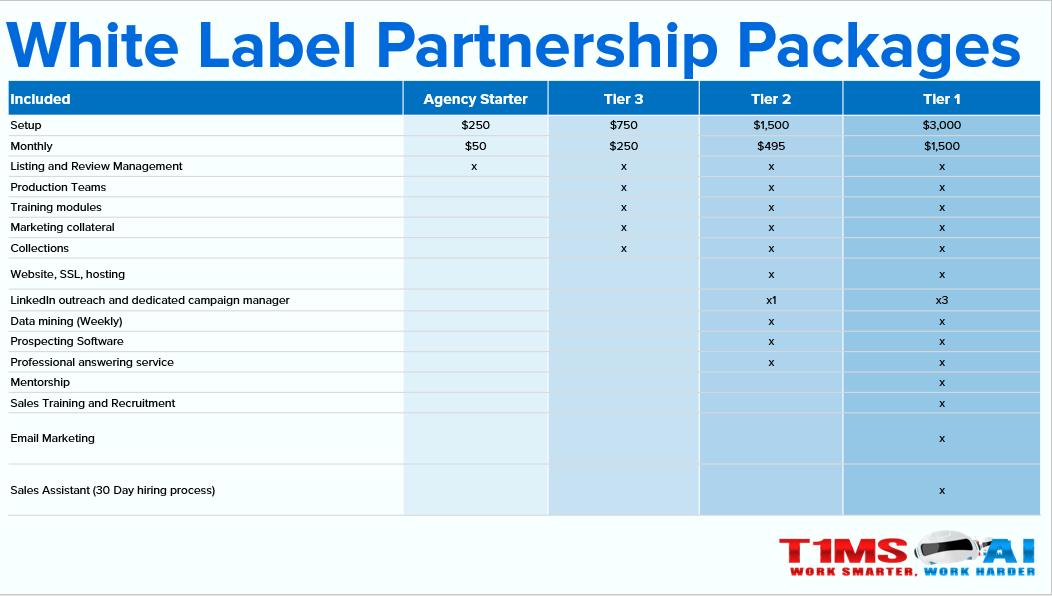Websites Age
Not sure if your site is mobile friendly?


The mobile migration
The big problem


The solution
Fortunately, a solution does exist to make websites load appropriately on the host of devices. Responsive websites are sites built utilizing technology that makes them scale up and down to display properly on all screens – giving everyone a good user experience and ensuring mobile customers aren’t lost.
Why upgrade?
Quick Facts


The Statistics
We automatically track all stats associated with a site. Accessed via the client’s dashboard, this includes total site traffic, user engagement and events, traffic source and physical location of site visitors. Google Analytics accounts can also be integrated with our platform.
Why Mobile? Check out the numbers
40% of mobile users have admitted looking up information about a TV program at the same time they were watching the show. (Source: ImpigeMobileStrategy)
Changing Times

Old rules don't apply!
The answer is simple...


Ready to Start?
A new responsive website is the best path forward for any business.
There are only two choices – go mobile now or go out of business sooner or later.

